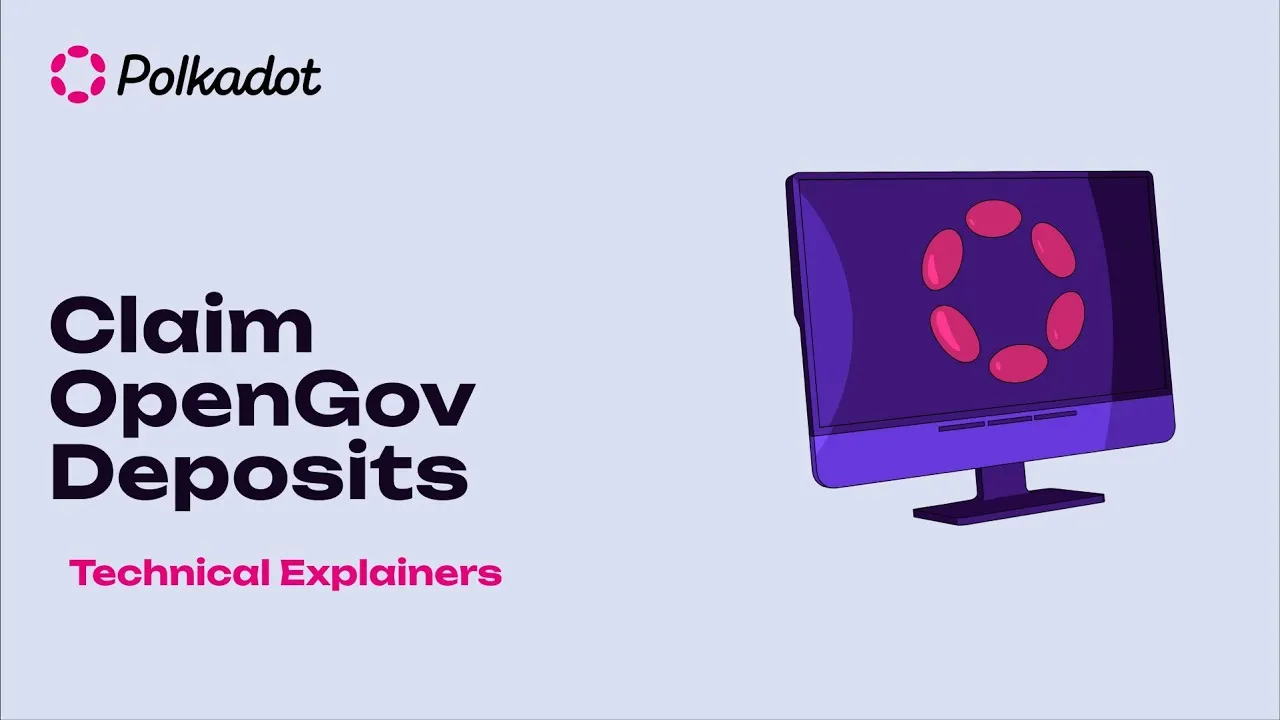

T3rn
T3rn emerges as a pioneering protocol designed to address these interoperability issues by introducing a unique, decentralized solution for composing and executing smart contracts across multiple blockchains
What is t3rn Network?
In the rapidly evolving world of blockchain technology, interoperability remains a critical challenge. The ability to seamlessly execute and synchronize operations across multiple blockchain networks is crucial for advancing decentralized applications (dApps) and services. t3rn (pronounced “tern”) emerges as a pioneering protocol designed to address these interoperability issues by introducing a unique, decentralized solution for composing and executing smart contracts across multiple blockchains. This article delves into the intricacies of the t3rn network, exploring its architecture, functionality, and significance within the Polkadot ecosystem.
The Need for t3rn
Blockchain interoperability is essential for the growth and functionality of decentralized systems. Traditional single-chain smart contract executions are straightforward, but expanding these executions across multiple, independently operating blockchains introduces significant complexities. These include:
- Lack of Standardized Security: Ensuring secure and reliable execution across different blockchains lacks a uniform standard.
- Synchronization Challenges: Maintaining consistent state changes across multiple chains can be difficult.
- Immutability Issues: Once changes are made on one chain, reversing them if subsequent steps fail on another chain is problematic.
t3rn aims to solve these problems by introducing a decentralized protocol that ensures seamless, secure, and reversible multi-chain smart contract execution.
Core Components of t3rn Network
t3rn’s architecture comprises several key components that work together to facilitate cross-chain interoperability:
1. Circuit
The Circuit is the core of t3rn’s protocol, acting as an orchestrator for multi-chain smart contract executions. It manages the execution process by breaking down complex transactions into manageable steps, each of which can be executed on different blockchains. The Circuit ensures that all steps are either fully completed or fully reverted, maintaining atomicity and consistency.
2. Gateways
Gateways are specialized adapters that facilitate the execution of transactions on different blockchains. There are two types of gateways:
- Programmable Gateways: These handle complex logic and smart contracts. They are further divided into extrinsic and intrinsic programmable gateways.
- Transaction-only Gateways: These facilitate simple asset transfers and ensure the secure and verifiable execution of these transactions across chains.
3. Interoperable Smart Contracts Repository
This repository hosts the binaries of smart contracts that can be used across multiple blockchains. Developers can contribute to this repository and be remunerated for the usage of their smart contracts.
How t3rn Works
Composability and Execution Phases
t3rn introduces a multi-phase execution process to ensure safe and reversible smart contract execution across different blockchains. The execution phases are:
- Execute: This phase involves the initial execution of transactions. If a transaction fails at this stage, it can be reverted.
- Revert: If an error occurs during the execution phase, the system triggers the revert phase to undo any changes made.
- Commit: Upon successful execution and validation of all steps, the commit phase finalizes the transaction, making all changes permanent and releasing any locked resources.
T3rn Example Use Case
Consider a scenario where liquidity in Ethereum (ETH) needs to be algorithmically determined and provided to a decentralized liquidity provider like Acala, which operates as a Polkadot parachain. Using t3rn, the process would involve:
- Fetching data from an Ethereum-based data provider.
- Executing an algorithm on Edgeware (another Polkadot parachain) to calculate the required liquidity.
- Transferring the calculated ETH to Acala for staking.
Without t3rn, this process would require complex, manually orchestrated smart contracts and multiple blockchain accounts. t3rn simplifies this by handling the orchestration and execution through its composable smart contracts and Circuit.
T3rn Security and Consensus
t3rn leverages a hybrid consensus model combining elements of Proof of Stake (PoS) and useful Proof of Work (uPoW). This ensures that:
- Security: Polkadot’s Relay Chain provides the foundational security, while validators within the t3rn network further secure cross-chain transactions.
- Incentives: Validators and relayers are incentivized to maintain network integrity through staking and rewards mechanisms.
- Trust-Free Operation: The decentralized nature of t3rn eliminates the need for trusted intermediaries, ensuring a trust-free environment for executing and validating transactions.
T3rn Integration with Polkadot
t3rn is designed to be highly compatible with the Polkadot ecosystem. Polkadot’s architecture, which includes relay chains and parachains, aligns well with t3rn’s vision of interoperable blockchain services. Key integration points include:
- XCMP (Cross-Chain Message Passing): Facilitates communication between Polkadot parachains, enhancing t3rn’s ability to execute cross-chain transactions.
- SPREE (Shared Protected Runtime Execution Enclaves): Provides secure execution environments on Polkadot, which t3rn can leverage for additional security.
Advantages of t3rn
- Interoperability: Seamless execution of smart contracts across multiple blockchains.
- Security: Robust security through a hybrid consensus model and integration with Polkadot’s secure infrastructure.
- Flexibility: Supports various types of executions, including asset transfers, read-only operations, and complex smart contract executions.
- Developer Incentives: Developers can earn rewards by contributing to the smart contracts repository.
- Fail-Safe Mechanism: Ensures that changes are either fully executed or reverted, maintaining system integrity.
Conclusion
t3rn represents a significant advancement in blockchain interoperability, addressing critical challenges in multi-chain execution and synchronization. By leveraging a decentralized, trust-free protocol, t3rn enables seamless and secure smart contract execution across different blockchains, making it a valuable addition to the Polkadot ecosystem. For projects looking to integrate cross-chain functionality, t3rn offers a robust, scalable, and secure solution.
With its innovative approach and alignment with Polkadot’s multi-chain vision, t3rn is poised to play a crucial role in the future of decentralized applications and blockchain interoperability.
- Related Token/s: TRN





















